New Zealand delphinium is a spectacular and unpretentious perennial
Almost every gardener knows about a plant of amazing beauty - the New Zealand delphinium. The tall and luxurious flower is amazing. He, like an angel, rises above the rest of the perennials and bewitches with beautiful, large inflorescences. There is no landscape designer who would not resort to this plant to decorate the site.
They decorate flower beds, construct decorative flowerpots, from which terry peaks of different colors rush upwards. New Zealand delphinium is grown amid shrubs and greenery. So they look even more impressive. The unpretentiousness of the plant allows you to safely take on the cultivation of a handsome man. However, there are some peculiarities in the growing process. Delphinium will delight you with magnificent flowering subject to the conditions of detention, leaving and breeding... The gardener's guide will tell you about all the intricacies of plant care. It will help grow tall, double and insanely beautiful bushes. delphinium.
Content
- Features of the New Zealand delphinium
- Varieties and types of delphinium
- Growing conditions for a handsome man
- Plant seeds - preparation and planting
- Planting seedlings in open ground
- Delphinium care
- Diseases and pests
Features of the New Zealand delphinium
The New Zealand delphinium differs from its counterparts in high stems and large inflorescences. It is considered one of the most beloved plant species by gardeners. It rises impressively on the site and is a stem, covered almost entirely with flowers. A cluster of inflorescences can reach 70 cm, and the diameter of flowers can be 9-10 cm. The bottom of the plant is covered with greenery. The leaves are strongly dissected and have a bright green color.
Depending on the variety, flowers can be double, semi-double and simple.
The classic look of the flower has five petals. But such delphiniums are usually not grown. There is a spur on the top petal of the flower. Thanks to him, the plant is sometimes called spur. The petals of the flower, after full disclosure, have a greenish strip in the middle. This is due to the fact that the bud is green when unblown. Having blossomed, it changes color, but not completely - a barely noticeable greenish strip remains. The entire bush of the New Zealand delphinium can reach a height of 2 m, a brush with inflorescences of 70 cm or more. The color of the flowers ranges from white, pink, purple, violet, cornflower blue to red. There are also varieties with brown, black and burgundy colors. The middle of the flower is always crowned with a bright eye. A perennial delphinium grows in one place for 5 to 8 years. Bloom starts at the end of June and continues throughout July. If the faded inflorescences are cut off, there will be re-flowering in August and September.
The plant can be found in the wild in Asia, America, Europe, Africa. It adapts perfectly to virtually any conditions. However, it requires light soil and relative warmth. Delphinium is actively used in landscape design, without it, winter gardens, greenhouses and personal plots are already unthinkable.
Varieties and types of delphinium
The plant is usually subdivided into annual and perennial species. Gardeners prefer to grow perennials... There is no hassle with them and they look much more spectacular.
Perennial species of delphinium are divided, in turn, into groups: New Zealand group, Scottish and Morphine.
The first became widespread due to the large growth of the plant (up to 2 m) and huge flowers (up to 9 cm in diameter). It is this category of delphinium that interests us. The following varieties are very popular in it:
- "Double Innosens" - the plant has huge snow-white flowers. Looks beautiful against the background of scarlet roses or lilies. The variety tolerates frost well and is not exposed to diseases.
- "Pink Punch" - flowers of a dark pink color, rather large. Winter-hardy variety, rarely exposed to diseases, pests.
- "Sneferu" - flowers resemble heavenly heights, bordered with lilac fringes. Florists love this variety for its color - it looks spectacular against the backdrop of greenery, tall shrubs, trees. Reaches a height of 1.5-1.7 m.
- "Heavenly Lagoon" - the color of flowers is pale blue, clean. The brush resembles a bridal bouquet, the same touching and innocent.
- "Sphinx" - the flowers are dark purple in color. This variety is usually grown in combination with others, such as white and blue shades of flowers. So it will look bright and beautiful.
- "Moonlight Blouse" - the flowers are bright blue, dense and large. Looks beautiful next to roses and lilies.
All of the listed varieties of the New Zealand delphinium reach 1.5-2 m in height. They have large double or semi-double flowers. They will perfectly fit into the design of the site and will delight the owners for many years.
Any plant variety requires certain conditions cultivation... They are not complicated, but it is necessary to provide them. Growing conditions will always depend on the region. In the northern regions, the delphinium is planted later, in the southern regions, on the contrary. But there are general rules and conditions for growing a plant.
Growing conditions for a handsome man
Delphinium loves sunny places with light soil. The plant is quite unpretentious, but it will not grow in damp soil and a dark place. The flowers will be small and pale. Delphinium does not tolerate acidic soil well. If you plan to plant a plant in such a soil, slaked lime should be added to the soil.
For a lurter, you need to carefully prepare the ground where it will grow. If this is done, the plant will grow without problems, it will not need to be endlessly fed and monitored for the appearance of diseases.
The soil is prepared as follows:
- In the fall, they dig up the earth and add a complex fertilizer.
- After that, peat, garden soil and well-rotted humus are added. The ratio of the components is one part from each.
- In the spring, the earth is dug up again and superphosphate, ammonium sulfate and potassium salt are added to it according to the instructions on the packages.
- If the land is damp and moisture accumulates on the site, it is necessary to add river sand to the bottom of the hole under the delphinium. The sand is covered with a substrate of peat, garden soil and humus.
So prepare the soil under landing you only need one time. Further, the plant will grow and do not require additional care in the form of frequent top dressing and fertilization. Try to choose a place for it so that the sun's rays fall on the plant in the morning, and the light should be diffused during the day.
The place should be well ventilated, but protected from northerly winds.
Aeration will prevent slugs from appearing. Soil preparation is especially important in the case of poor land on the site. It is difficult to grow a large and lush delphinium bush in poor soil. The flowers will be small. Compliance with these simple rules will allow you to grow luxurious bushes with large flowers.It is important to know information about proper cultivation. seedlings from seeds. After all, this is how they begin to breed delphinium.
Plant seeds - preparation and planting
Seeds burgers are very small, about 2 mm long. It is quite difficult to plant them one at a time, so they are sown in a bunch. Fresh seeds are preferable. If it is not yet time to plant them, the raw materials are placed in the refrigerator. You need to store the harvested seeds in the cold. This will ensure friendly plant shoots. If the seeds are dry, then the chances of growing at least one full-fledged bush are minimized.
Before planting delphinium seeds, disinfect them in a solution of potassium permanganate.
Then rinse, dry and place in the refrigerator for a while (two to three days). Then you can start sowing. The soil for seedlings prepared from equal parts of peat, humus and garden soil. Charcoal can be added for additional disinfection. The prepared soil should be slightly damp.
Features of planting seeds:
- The seeds are placed at a depth of about 2 mm and covered with earth.
- Water the seedlings carefully so as not to wash the seeds. You can just spray warm, settled water.
- The container is covered with glass or foil until germination.
- Optimum temperature germination 10°-15°.
- When the first two or three leaves appear, the seedlings are dived and placed in a place where the air temperature is 20 °.
So the seedlings are grown to the formation of an already strong bush with a height of about 10 cm, depending on the variety.
Planting seedlings in open ground
Plant seedlings necessary in a warm ground, when the threat of frost is no longer there. Choose a permanent location according to the growing conditions. The bushes are deepened into pits about 40 cm in diameter, the distance between the pits will be 50 cm or more, depending on the type of plant. The optimal composition of the soil will be: peat (one part), garden soil (one part) and humus (one part).
If the land has not been prepared according to the growing conditions, it is necessary to add a complex mineral fertilizer.
As the seedlings grow in open ground, fertilizers should be applied, but this measure is provided only in the case of unprepared land. Delphinium, especially in the growth phase, does not tolerate drought. It is necessary to monitor young seedlings and water them in a timely manner. If frost suddenly came, it's okay. Delphinium tolerates them well. You can cover them with non-woven material as a preventive measure.
Having planted the seedlings correctly, the gardener can no longer worry about his pet and wait for a luxurious flowering... It is worth noting that annuals are planted with seeds in the fall so that they bloom in July. But this condition does not apply to the New Zealand delphinium, since it is a perennial.
Delphinium care
The plant does not require special care:
- It is important to monitor the moisture content of the soil at first. Do not overfill the splurge. He does not like dampness and drought.
- You should also cut off faded inflorescences in a timely manner.
- If humus and complex fertilizer were not added to the soil during planting, the delphinium needs to be fed during the growth period. Top dressing is carried out every two weeks. In the fall, it is stopped so that the plant gains strength for wintering.
- There is one interesting nuance in plant care. Always remember that cutting off dead flowers will provoke re-flowering. This is undesirable if the region where the delphinium is grown has short summers and harsh autumns. The plant simply does not have time to gain strength for the winter.
- In the fall spend pruning plant stems up to 20-30 cm from the ground. It is advisable to cover the cavities of the stems with clay or garden putty. This is to prevent moisture from getting inside to the root outlet. The plant can rot.
Otherwise, the delphinium quite simply goes to winter. It doesn't need to be covered.Some gardeners, especially in the northern regions, cover it with spruce branches. It's enough.
Diseases and pests
The most frequent "guests" of the delphinium are slugs, delphinium fly, aphids, powdery mildew and black spot.
Pests: types and control:
- Aphids and flies are most commonly reported due to hot and dry summers. To combat these pests resort to the use of insecticides. They can also be used to treat the plant as a prophylaxis.
- Slugs appear due to dampness of the soil. This usually occurs during rainy and cold summers. Therefore, it is important to plant the plant in a well-ventilated area. You can fight slugs with chlorine. Its smell scares them away.
Plant diseases appear more often in the second half of summer. Powdery mildew can be removed with the help of Fundazol. But here the main thing is to notice the fungus that has appeared in time. Otherwise, you can lose your favorite plant. If black or ring-like spots appear, the leaves are best trimmed. It is almost impossible to get rid of these diseases. Therefore, it is more expedient to immediately remove the affected parts of the plant.
To avoid the appearance of pests or diseases, treat delphinium with insecticides and fungicides as a preventive measure.
It is quite easy to grow a New Zealand delphinium. You just need to follow the basic rules and conditions of growing. In this case, the marvelous plant will always delight you with beautiful and impressive flowers. Always consider the region where the delphinium will "live". The method of caring for the plant will depend on this. In cold regions, for example, re-flowering is not desirable, but vice versa in southern regions. Consider all the nuances and the delphinium will always delight with its luxurious flowering.
More information can be found in the video.



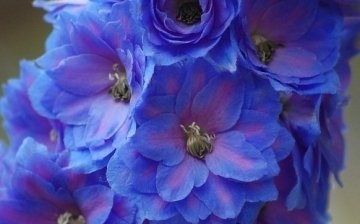
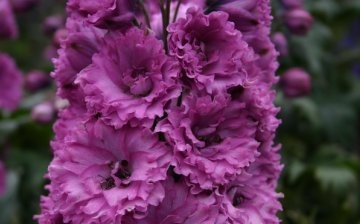
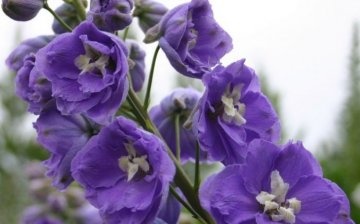
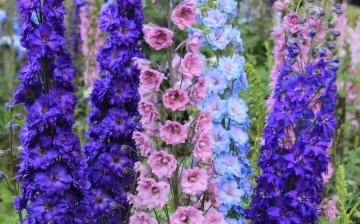
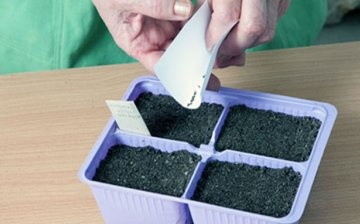
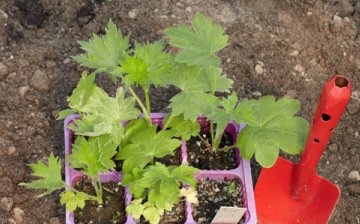
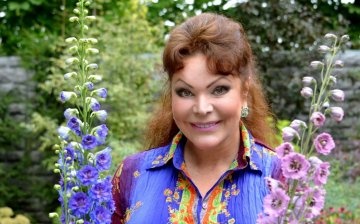
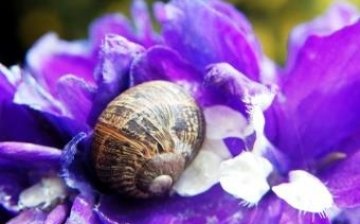








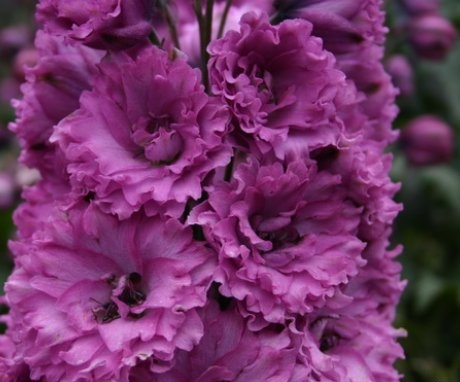
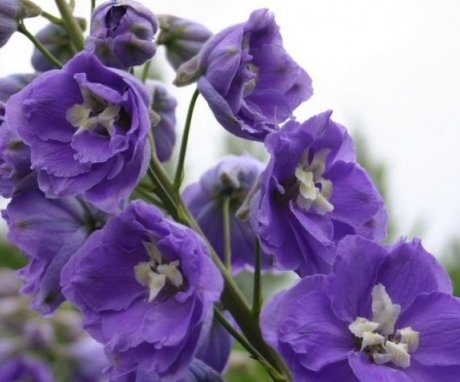
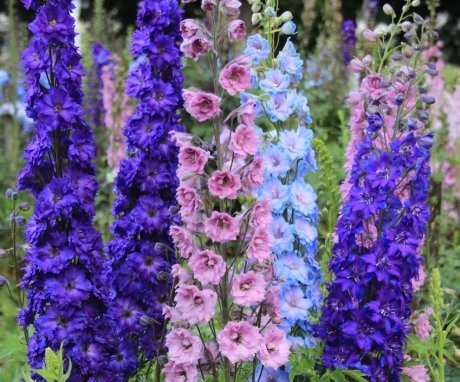
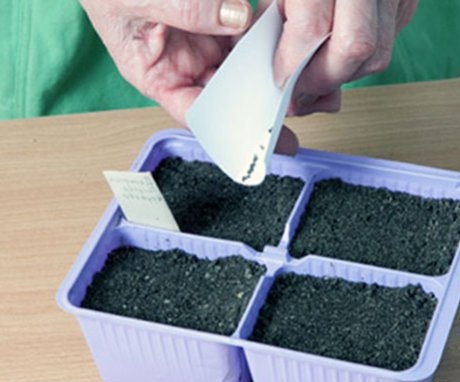
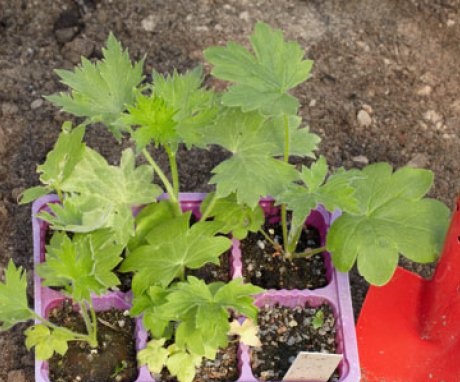

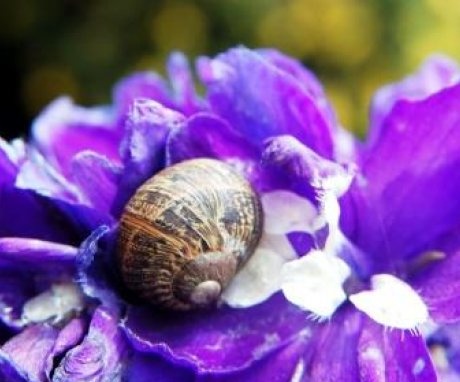
A very beautiful and tall flower, it resembles a blooming column. We do not yet have such a plant in our flower beds, which blooms twice over the summer. It is not clear, just how to choose seeds so that the flowers are of different colors, or are they sold separately for each color?